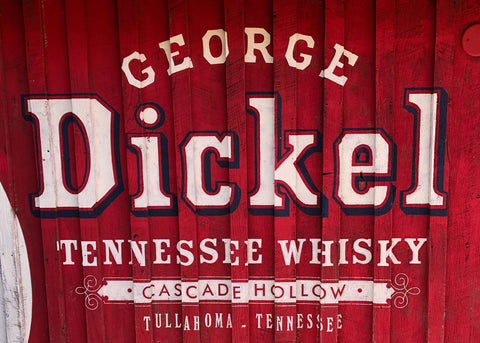Whisky or WhiskEy? July 20 2020
If you're grammatically-minded, you might have noticed something odd at the liquor store when in the brown spirits aisle. Some grain-based spirits describe their contents as "whisky," while others add an "e" and spell it "whiskEy." What gives?
The answer is mostly a nod to style.
The whisk(e)y-making tradition originated in Gaelic-speaking Ireland and Scotland sometime on or about the 1400's. Its modern spelling is an anglicization of the Gaelic Uisge beatha, or "water of life."
Scotch whisky has been the standard-bearer for centuries, and those that aspire to that standard often use the Scotch spelling (no "e").

Case in point: Tennessee's George Dickel wanted to make whisky as good as that made in Scotland when he hung up his shingle, so he spelled his product "whisky" as they do in Scotland. Balcones (Texas) is another American distiller I know (and love) that uses "whisky."
But most American distillers use "whiskEy," even those that are making Scotch-like whisky, such Seattle's Westland and Oregon's McCarthy's (double recommendation).
Here's a mnemonic that mostly works: if the country name is spelled with an "e," then that country's distillers spell whiskey with an "e," too:
- Scotland, no "e" = whisky
- Japan, no "e" = whisky
- IrEland has an "e" = whiskEy
- UnitEd StatEs of AmErica has three "e's" = whiskEy
- Canada, no "e," = whisky
Now there are new countries making whisk(e)y that buck this useful trick (Sweden, France, England) but these distillers tend to adopt the spelling of the style they are emulating. As such, they mostly spell their spirit without an "e," since those countries are chasing Scotch whisky styles (and Scotch whisky drinkers).
The more you know!
